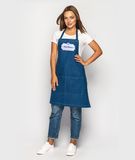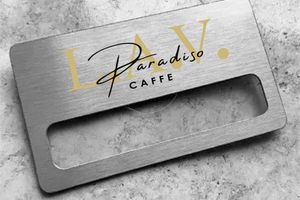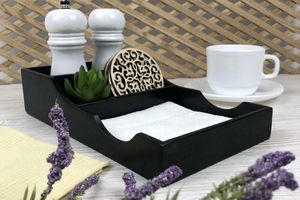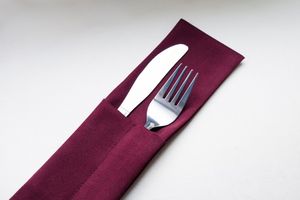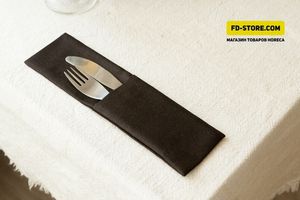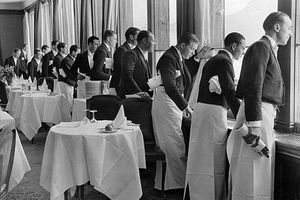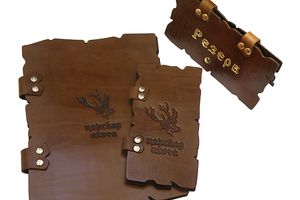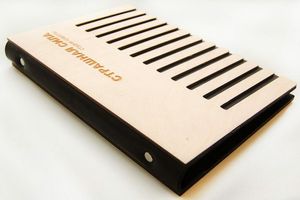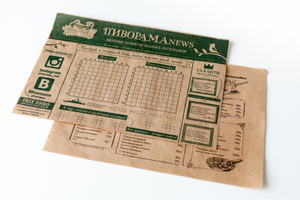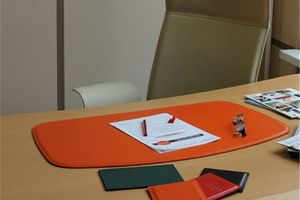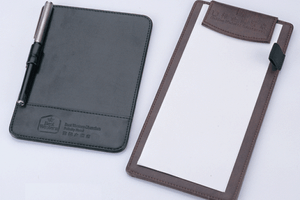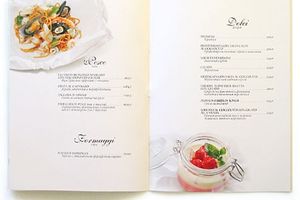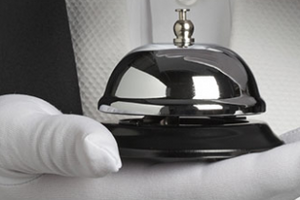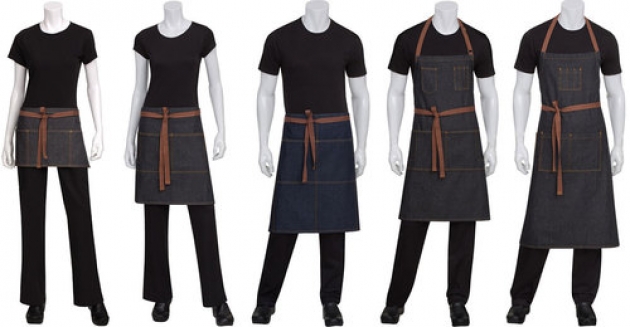
The apron, as an element of clothing, appeared in ancient times, the same in Egypt, and is popular to this day. Not much is known about the history of ego development.
And there was a beginning when the history of the apron remained in Ancient Egypt, so only a few people chose aprons. Those who were in the civil service used primitive drapery, which was attached to the belt, which was a narrow leather strip.
Later, the apron expanded in all materials, and it became a part of royal persons for ceremonial rites, the apron played the greatest role in the wardrobe of the rulers.

The apron was a distinctive feature of men's clothing among many nationalities. For example, Roman gladiators and soldiers considered an apron a mandatory attribute of their uniform.
In the Middle Ages, the apron became part of work clothes. The apron was used as work clothing among blacksmiths, shoemakers and cooks. Most often, aprons were made of rough leather and heavy cloth.
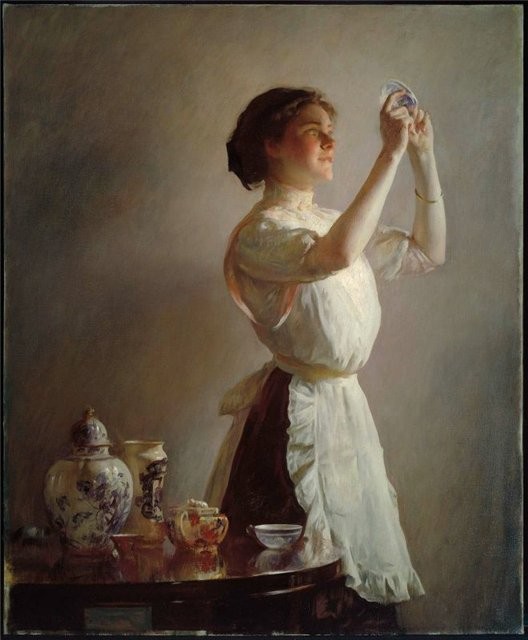
Over time, the apron became an accessory of the women's toilet. The wives of famous city planners wore white and colored aprons, and two aprons were made into a skirt. Sometimes interest in aprons, like any fashion, faded, and after some time the fashion for them returned. The apron was worn both at home and on the street.
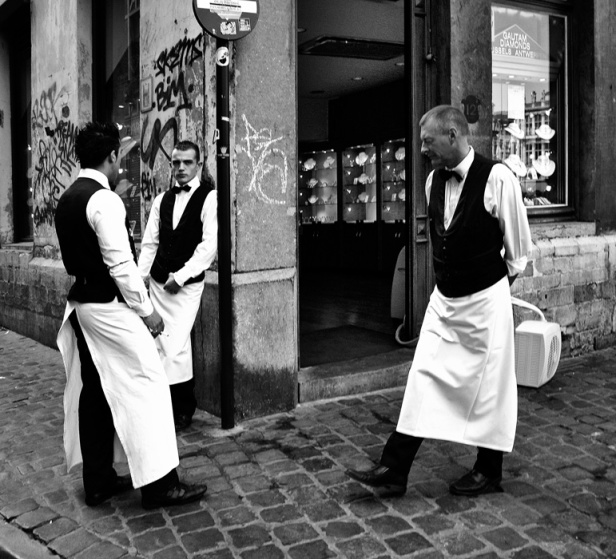
If earlier the apron was considered only the clothing of maids, then during the First World War it became an attribute of women's clothing. The apron was worn by nuns, nurses, nursing assistants and ordinary women.
Nowadays, the apron is back in fashion, and also remains part of the professional uniform of hairdressers, waiters, salespeople, and cooks. Branding apron with logo is used as additional advertising and promotion. The apron is also used by florists, such as a florist's apron, a stylist's apron, an apron for a bartender, an apron for a waiter, an apron for a bartender, and so on.

